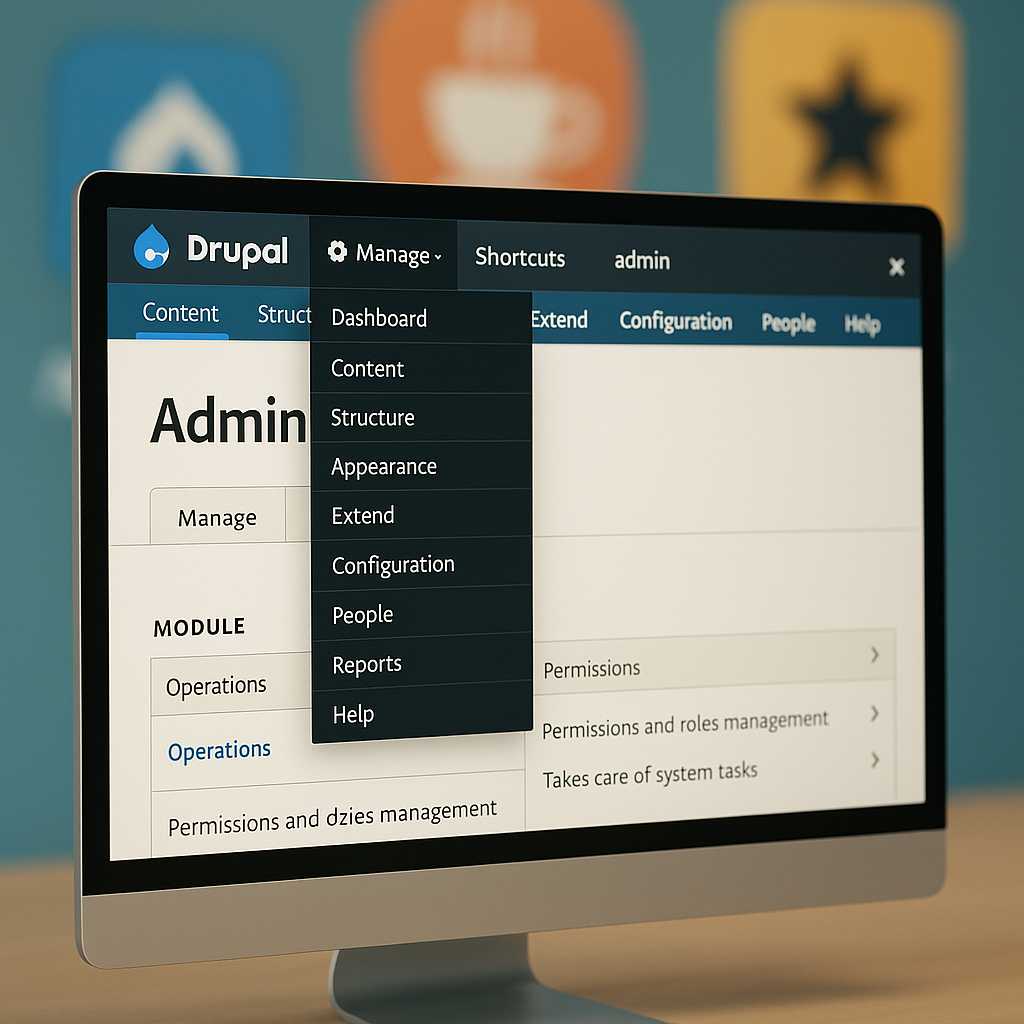As a Drupal developer, one of my favorite tricks to improve both my workflow and my clients’ satisfaction is refining the Drupal admin interface. While Drupal’s default admin backend is powerful, it can be overwhelming—or a bit inefficient—out of the box. Today, I’ll walk you through practical enhancements you can make to the admin UI, focusing on the must-install Admin Toolbar module and a few other helpful tweaks.
1. Install and Configure the Admin Toolbar Module
The Admin Toolbar is an almost mandatory module for any serious Drupal site. It builds upon the standard Toolbar module, transforming the top navigation into a hierarchical drop-down menu that dramatically reduces clicks to access deep configuration pages.
How to Install:
- Use Drush:
drush en admin_toolbar admin_toolbar_tools -y - Or, use Extend in the UI to enable both
Admin ToolbarandAdmin Toolbar Tools.
Bonus: When working in a development or staging environment, enable admin_toolbar_search for quick admin page access. (Don’t forget to disable it in production for performance reasons.)
2. Streamline Navigation with Shortcuts
Customizing your shortcut bar to include most-used items (like Content, Structure, and Configuration pages) can save minutes every day. Go to Manage > Shortcuts to add or reorder relevant links. Encourage your clients to curate their shortcut sets as well!
3. Clean Up the Dashboard
The dashboard can be made less overwhelming by hiding or rearranging blocks. Use the Block Layout configuration in the UI or the contributed module Adminimal Admin Toolbar for a cleaner look.
4. Use the “Coffee” Module for Power Users
For keyboard-centric navigation, the Coffee module is a revelation: hit Alt+D+F (or Alt+Shift+D depending on your OS), start typing the name of any admin page, and jump directly there. Your admins will thank you for introducing this time-saving power tool.
5. Simplify and Personalize the Interface
Help editors by hiding unnecessary menu items and permissions. The Admin Menu Per Role module or careful user permissions configuration ensures each user only sees what they really need.
In Summary:
By taking a few minutes to install and configure key UI modules—and tailoring the admin interface to your (and your clients’) needs—you’ll make Drupal both more powerful and more pleasant to use. For me, Admin Toolbar is always the first step, but there’s so much more you can do. Happy site building!
— Drew


Leave a Reply